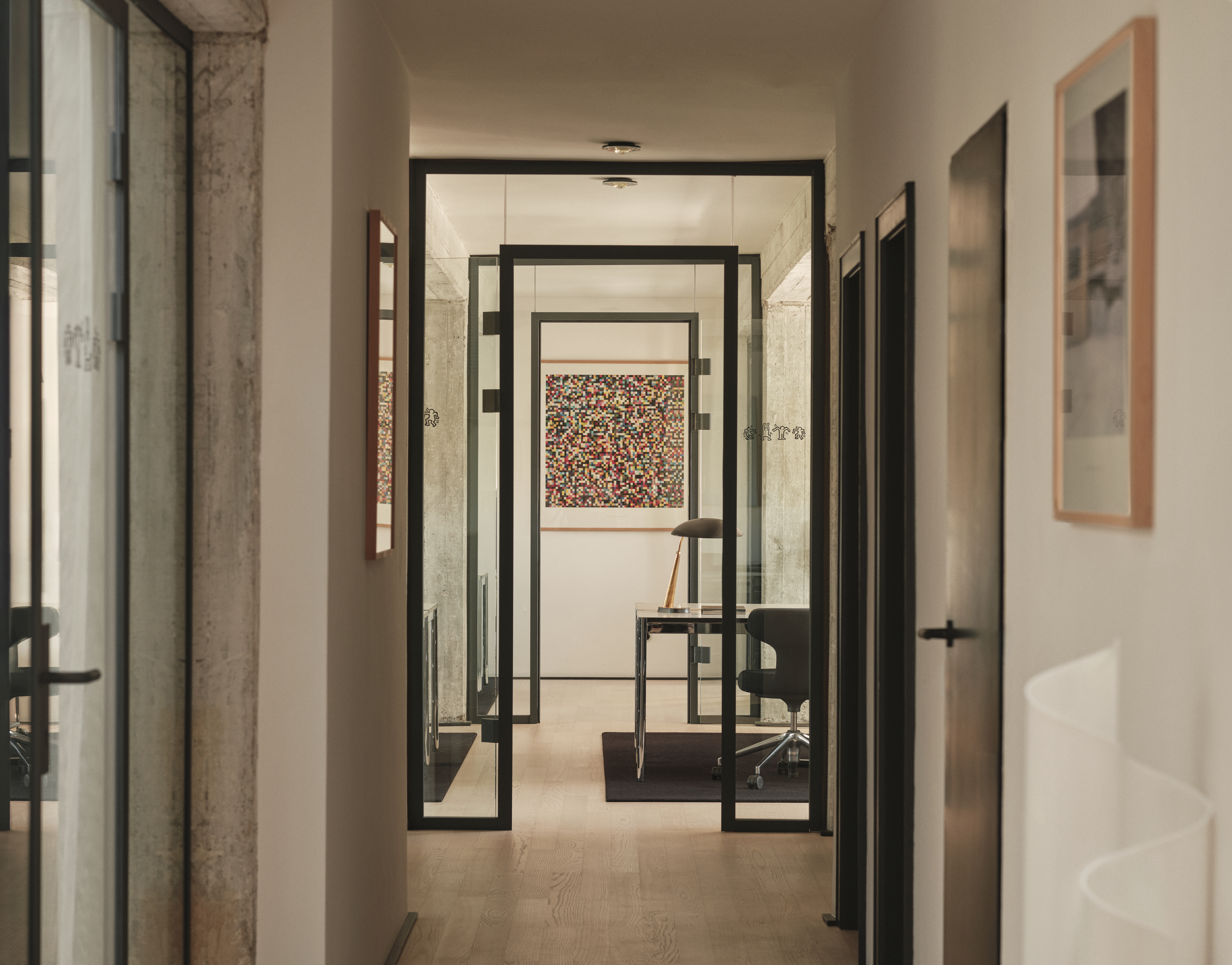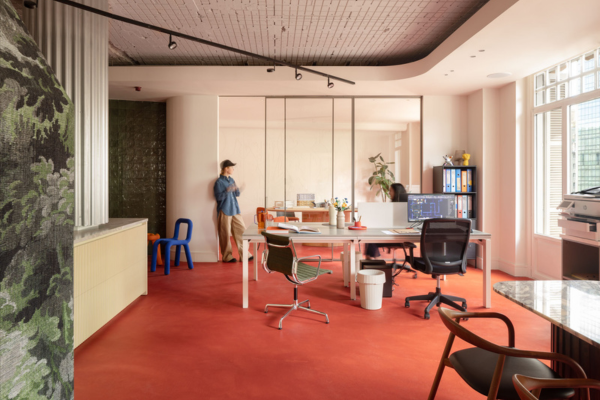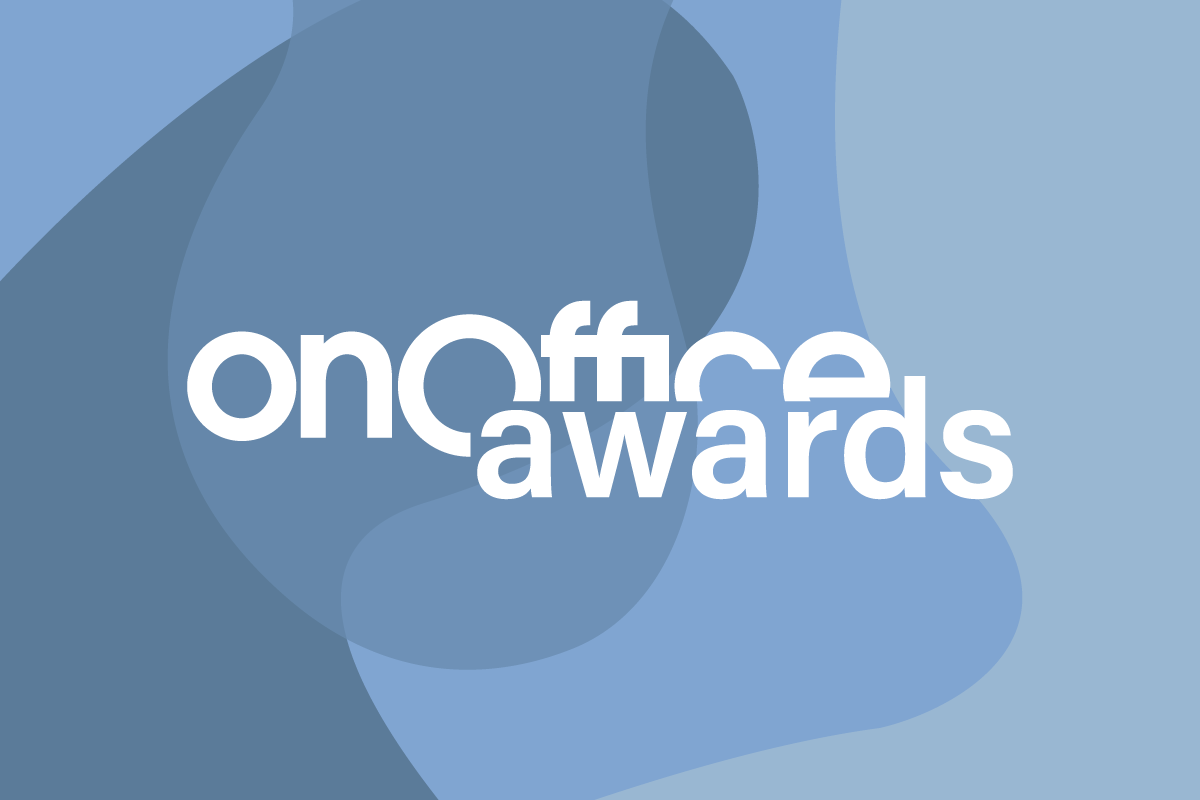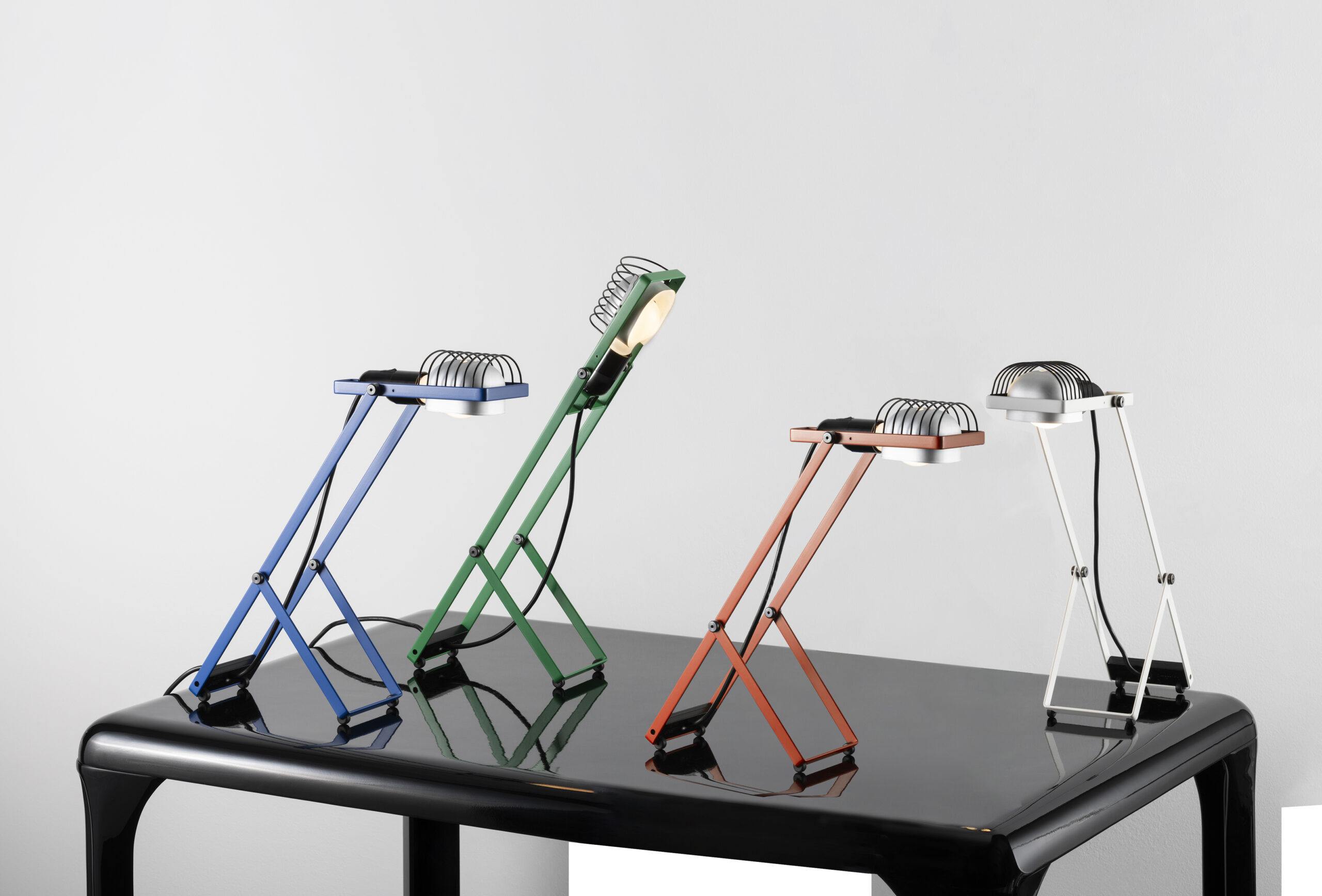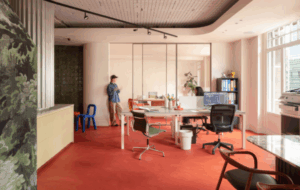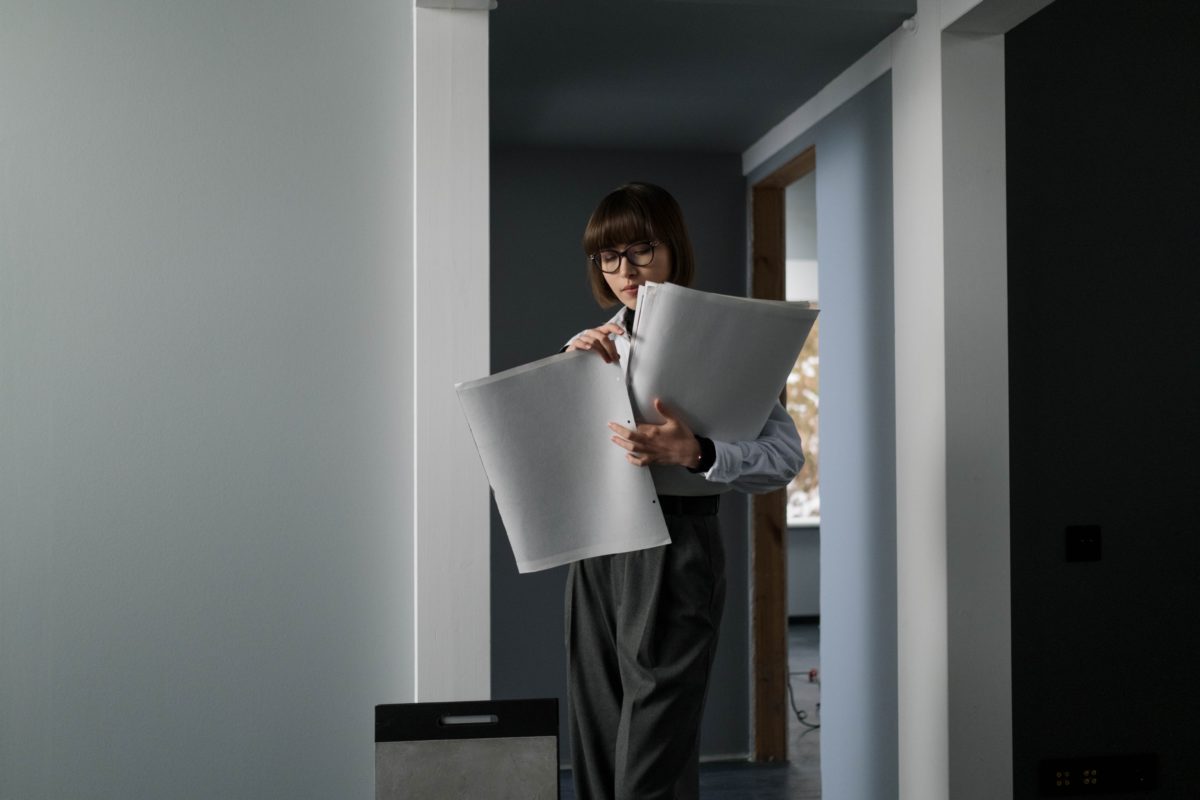
Many in the architecture industry suffer from burnout with professionals reporting struggling with unrealistic deadlines, compressed schedules and long hours, alongside inadequate fees and poor remuneration
These issues are experienced by architects all over the world, with many calling for the need for organisational change. Women in particular have keenly felt the impact of the sometimes relentless hours and the potential lack of empathy for family commitments or career breaks. So how can architecture firms help combat employee burnout?
The role of leaders
In the architecture profession, leaders must consciously take the initiative in spotting and limiting the risk of burnout. They must be empathetic and manage their own outlook, ensuring that they do not exacerbate pressures and remain open to hearing concerns.
Intentional, empathetic communication
Leaders should set the standard for calm and intentional communication patterns in the workplace. If they are frustrated by how a project is going, communication should still be empathetic, measured and informative. Likewise, if a particularly exciting job is coming up, people should be careful not to surround it with too much hype; that only triggers unnecessary pressure and stress.
Spotting physical signs
In architecture, not only are people expected to complete their own responsibilities to a high standard, they also have multiple other teams and individuals relying on their work to complete their own tasks. This creates a sense of urgency which can prompt people to overwork in short periods of time. Sometimes additional work might be required, but this hyper-productivity should never become the norm. Physical signs of burnout to look out for include declining productivity, displays of impatience or being overly critical of others.
Emphasise teamwork
When stressed, it is easy for individuals to enter a state of tunnel vision. Within architecture, with multiple players working together, it’s important to discuss everyone’s expectations beforehand. Explore things such as who will cover what by when, who they can go to for support and develop an understanding of each other’s personal and time barriers in order to not over-burden one another.
Have regular check-ins
Whether these are formal meetings or just a quick conversation, leaders should aim to check-in with their team members regularly. This encourages people to feel comfortable voicing their worries and also helps catch stressful situations before they escalate into problems that impact productivity or people’s mental health. This also involves prompting people to take breaks and establishing a culture which prioritises rest as an essential part of achieving success.
Invest in coaching support
Burnout affects everyone; therefore, it is worth investing in and offering organised well-being and coaching support at work. Burnout self-tests could be readily available for those who might be struggling to identify unhealthy behaviours and gauge appropriate next steps. Coaching in particular would provide access to an external perspective with no alternative agenda beyond giving advice. Managers can also benefit from it, helping them to understand ways to proactively support their teams more.
Make discussing mental health the norm
A recent survey claims that over half (51%) of UK workers feel under pressure to put on a brave face in front of their colleagues. Often, people are concerned about their levels of stress being visible to others. Without an open dialogue about mental health and leadership support, the topic of burnout and the issues surrounding it won’t get the attention it needs to be tackled.
Avoiding burnout has no standard solution, however it is clear that supporting workers in the architecture profession should be an intentional effort. Mitigating the pressure of short deadlines, competitive projects and complex designs requires people to prioritise rest, clear communication and teamwork, reducing the conditions for burnout before it takes root.
Image by Pexels, Cottonbro
Enjoyed this article? Read more: How designers can create office spaces that encourage employee wellbeing

